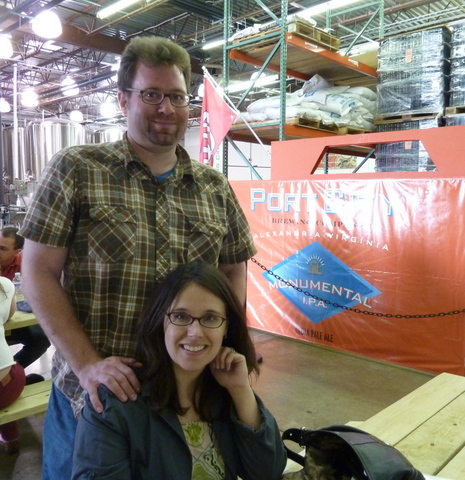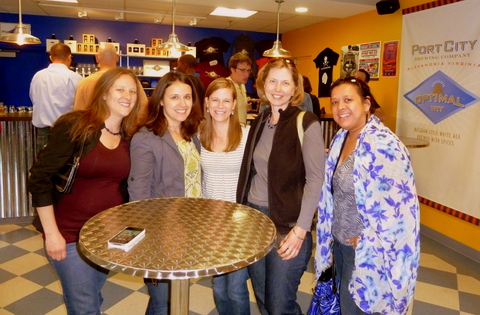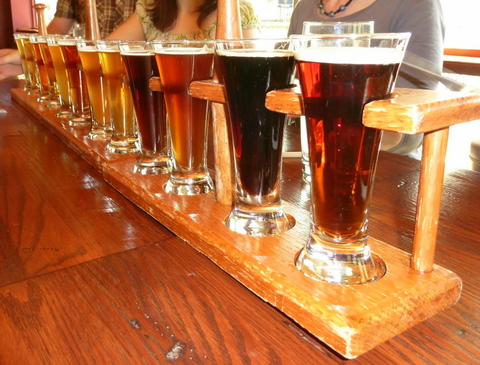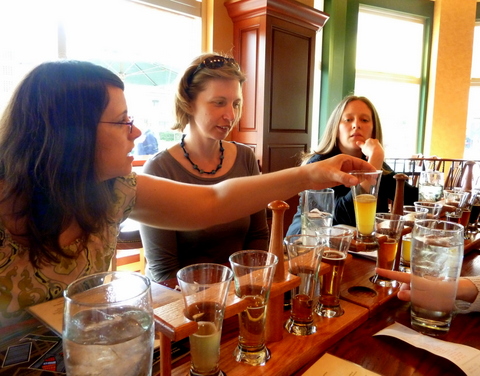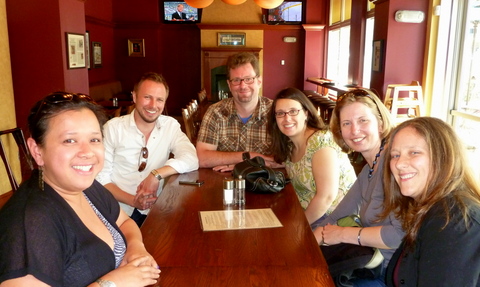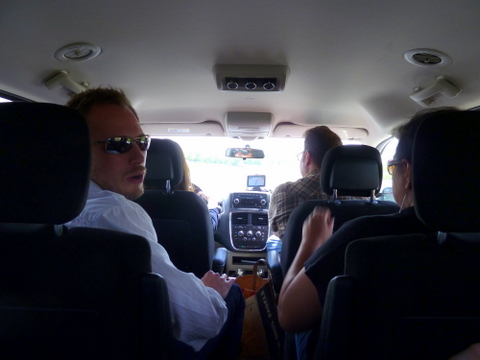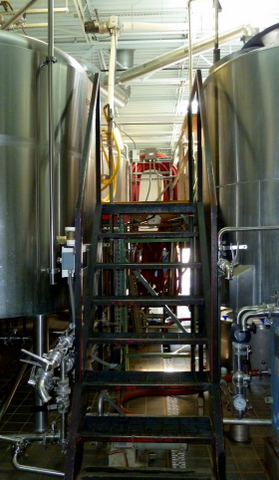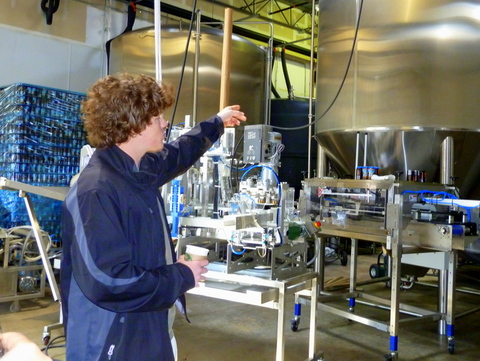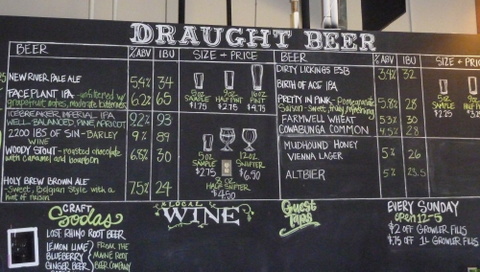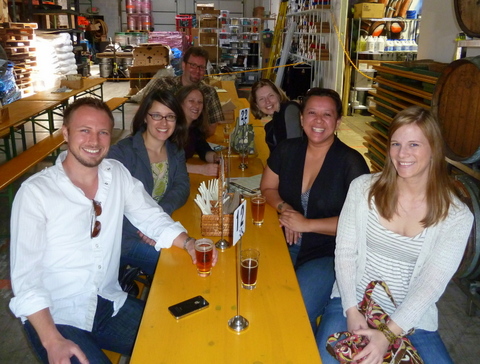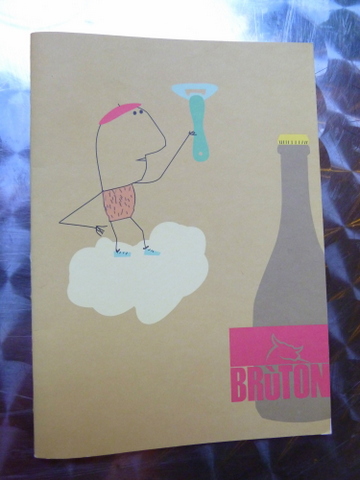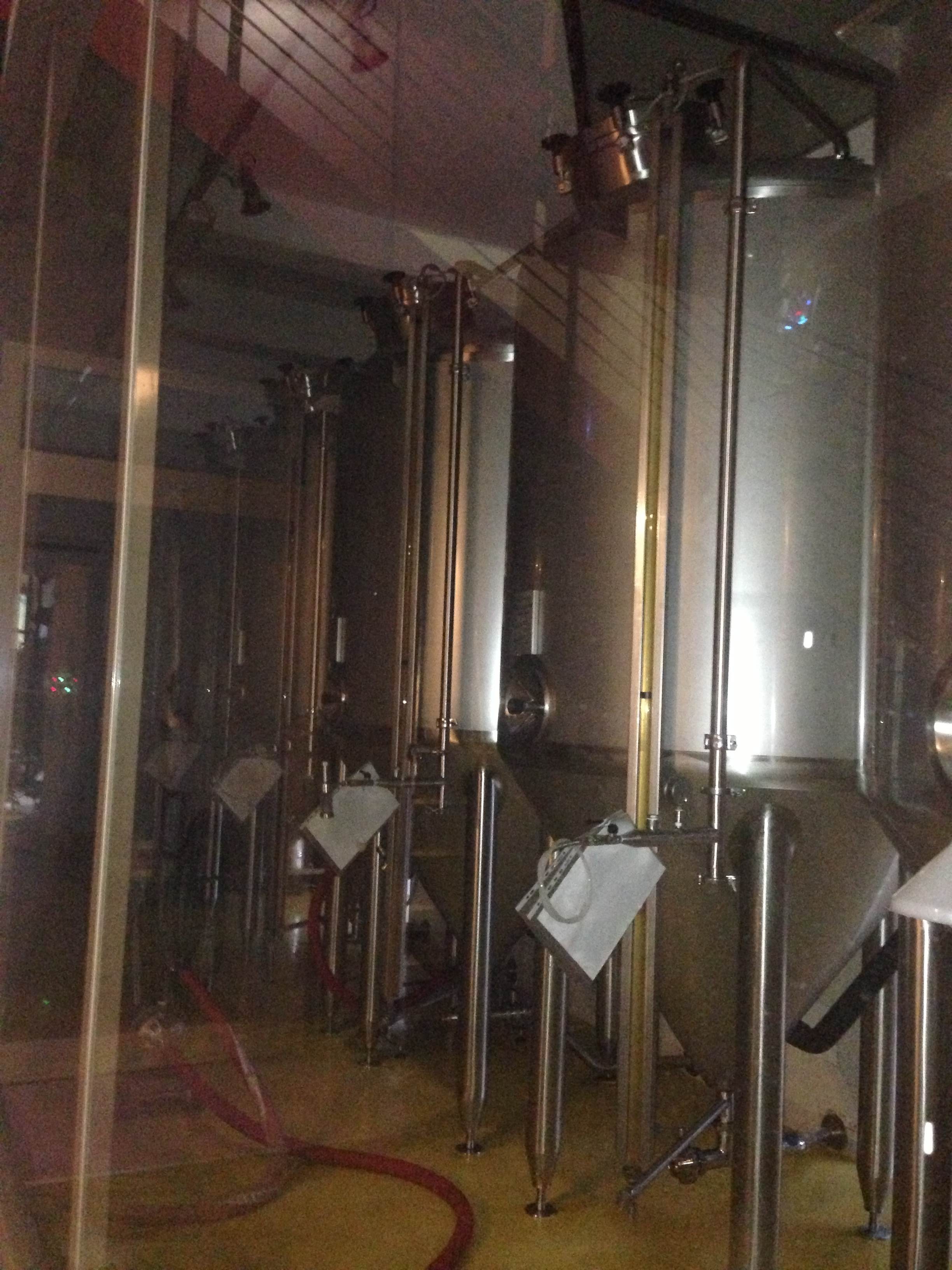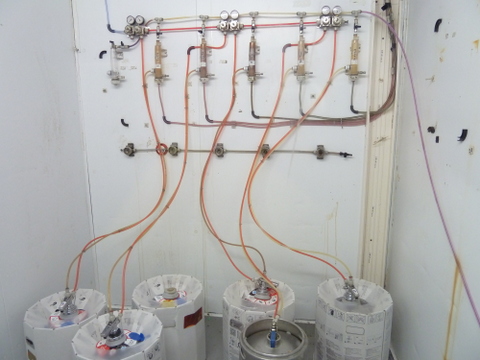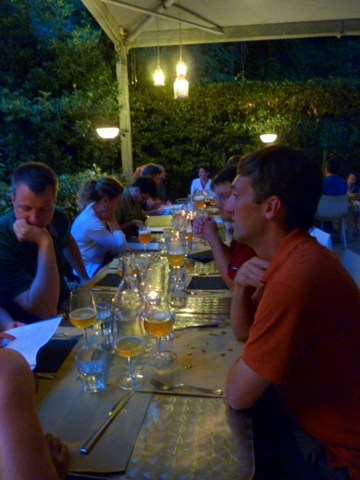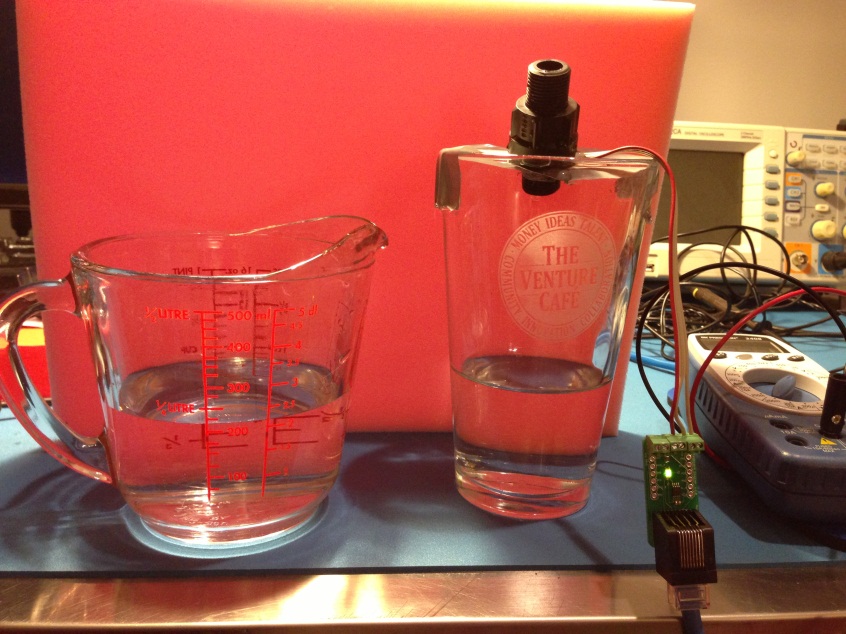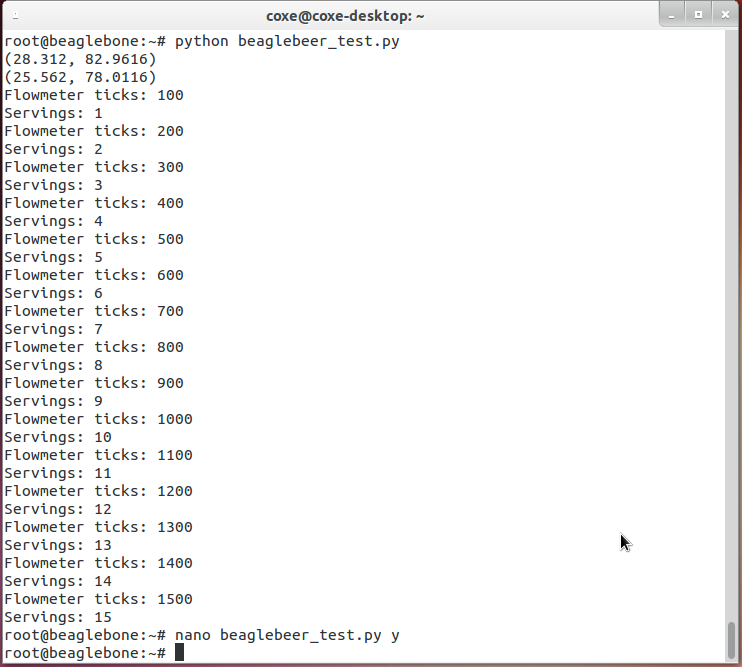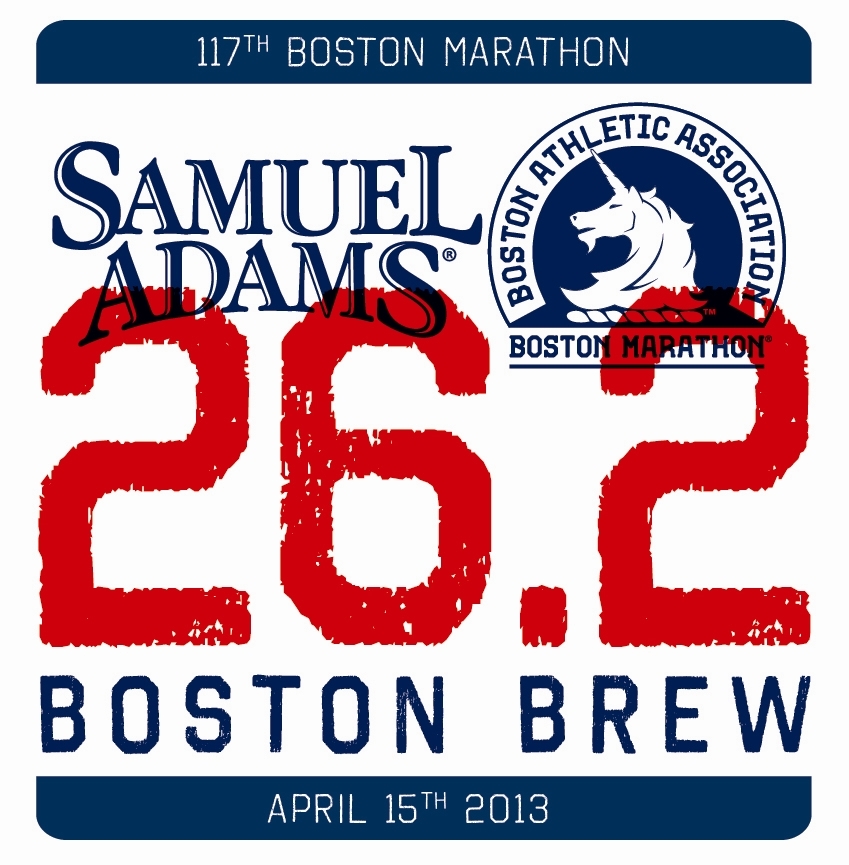Type “yeast wrangling” or “yeast ranching” into the Google search bar and you’ll discover a growing trend in both commercial and home brewing: a focus on exploiting yeast for all of its worth, which is increasing by the petridish.
A handful of commercial breweries are currently known for their experimentation with yeast, along with bacteria. For example, Mystic Brewery has cultivated its Renaud strain of yeast, which is featured in its saison beers. Similarly, Mystic’s wine, Vinland One, was fermented with an indigenous strain of yeast called Winnisimmet, sourced from a Massachusetts-grown plum. Oxbow Brewery in Newcastle, Maine, also experiments with innovative ingredients, combining grains like rye and spelt with various strains of yeast and bacteria. For example, it creates beers like the sour ale called Arboreal, which it ferments and ages in bourbon barrels with Brettanomyces and Lactobacillus, along with its Sasuga Saison, a rice ale that the brewers ferment with brettanomyes and saison yeast. Oxbow’s Freestyle series of beer was created to indulge just this sort of experimentation with new combinations of ingredients.
However, much of the experimentation with yeast occurs on a smaller scale, in homebrewing communities and in yeast wranglers’ makeshift laboratories. One self-proclaimed yeast rancher, a Ph.D. student in cell biology, isolates yeasts by drinking bottles of Belgian beers, pouring out the yeast from the dregs, and growing the colonies in petridishes. In his Brooklyn, NY apartment, he keeps his equipment, including beakers, test tubes, flasks, a hood, a microscope, and an incubator. Once his colonies are complete, he inoculates a small amount of yeast into low-specific-gravity wort and offers it to brewers over the internet under the name BKYeast.
Another participant in this yeast trend is an open source yeast project called Bootleg Biology. The goal of this project is to “create the most diverse library of microbes for the creation of alcoholic and fermented beverages.” As a rule, microbes for this project are sourced and isolated only from “bootleg” sources including contributors’ backyards, honey, yogurt, fruit, and bottle dregs. The project’s website describes a DIY method for a contributor to capture and isolate his or her own strain of yeast at home. Briefly, a would-be yeast wrangler can create a homebrew starter with water and malt, boil with hops, and pour into sterilized mason jars sealed with cheesecloth and a rubber band. The jars are left outside overnight, retrieved, and then left in a dark, room temperature space. After about two weeks, the starter will be ready to smell and taste – with caution and good judgment, of course – in order to select the most promising candidates to transfer to agar plates and isolate the yeast. Bootleg Biology’s founder, Jeff Mello, originally used a similar method to capture and isolate S. arlingtonesis from a lambic starter in his Arlington, VA backyard.
Both BKYeast and Bootleg Biology were recently featured in Beer Advocate magazine. Other blogs and communities that discuss yeast wrangling include the DC Yeast Lab, Sui Generis, Cowtown Yeast Wranglers, and Eureka Brewing. The next time you taste that spicy, earthy, or barnyard-like nuance of yeast in a beer, you might consult one of these resources to determine just which microbe is responsible for that flavor!


